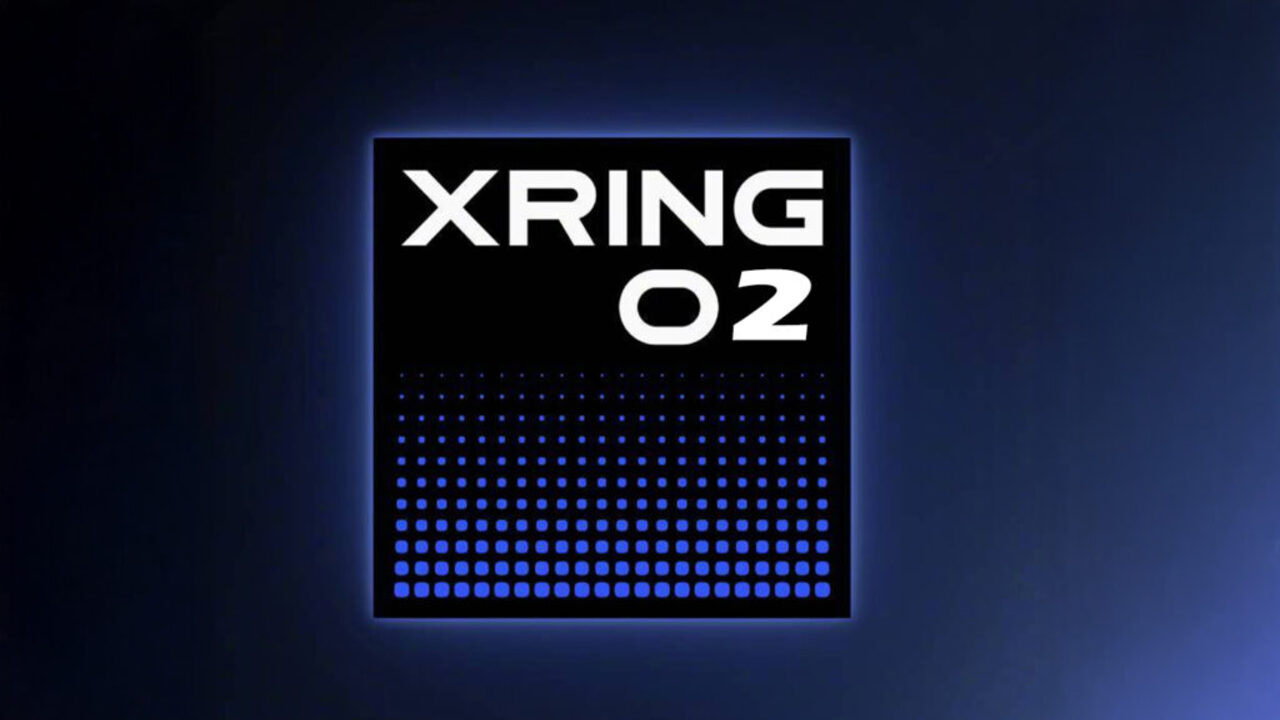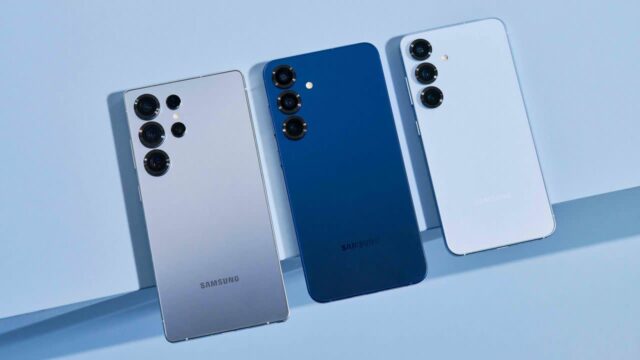Xiaomi has started working on the second-generation model after its first self-developed mobile processor, XRING 01. Although the official technical specifications of the processor have not been shared yet, the name “XRING 02” has been confirmed on China’s official registration platforms. This development clearly demonstrates the company’s determination to reduce external dependency on the processor side and to create a competitive ecosystem in the long term.
Xiaomi will come out with XRING 02
XRING 02 has not been introduced yet, but the model’s trademark applications and name registrations have been completed. Xiaomi’s previous processor, XRING 01, is based on ARM’s standard core designs and was produced with TSMC’s 3nm production process.

The new generation XRING 02, developed after XRING 01; will not only maintain the current level, but will also move to a more advanced production process in terms of technology. It is said that the new processor can be produced using TSMC’s advanced 3nm processes, N3P or N3E.
However, the most striking element was Xiaomi’s long-term transition plan to the 2nm process. The company’s biggest obstacle in this regard is the export restrictions imposed by the US. The special EDA (Electronic Design Automation) software and production tools used in 2nm chip production are banned for most Chinese companies.
However, Xiaomi, unlike companies such as SMIC and Huawei, is not on Taiwan’s export restrictions list. This shows that the company has a significant advantage in transitioning to 2nm production if it can obtain the necessary licenses.
The XRING 02 is expected to be part of a larger and widespread hardware strategy, not just a mobile processor. So what do you think about this? You can share your views with us in the comments section below.













